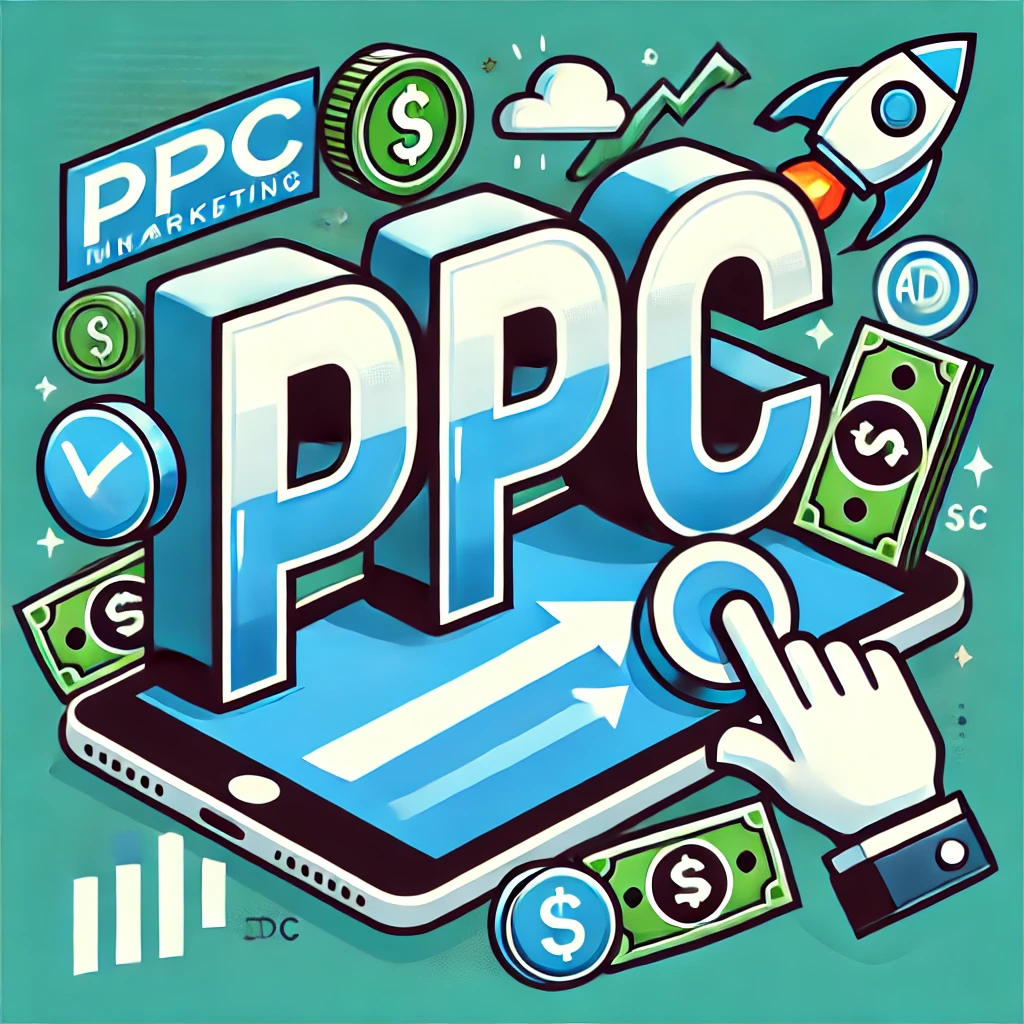This guide will cover:
- What social media remarketing is (and how it differs from retargeting)
- How social media retargeting works
- When and why to use remarketing
- Step-by-step setup instructions for major platforms
- Proven strategies and advanced tactics
- FAQs to address common questions
Table of Contents
Winning Back Your Audience With Social Media Remarketing
Most businesses pour their advertising budget into chasing new customers, hoping that strangers will instantly click, buy, or book an appointment. But reality looks different: 97% of first-time visitors leave without converting.
That’s where social media remarketing (also called social media retargeting) comes in.
Instead of constantly chasing cold traffic, remarketing focuses on re-engaging warm audiences—people who already interacted with your brand but didn’t take the final step. By showing them targeted ads across Facebook, Instagram, LinkedIn, TikTok, and YouTube, you can recover missed opportunities, build trust, and increase conversions at a fraction of the cost.
Quick Read: Guide to Online Appointment Scheduling for Doctors in 2025
What Is Social Media Remarketing?
Social media remarketing (sometimes called retargeting) is the practice of showing ads to people who already interacted with your brand. This interaction could be:
- Visiting your website
- Watching a video on Facebook, Instagram, TikTok, or YouTube
- Engaging with your social media posts
- Clicking on an ad but not completing a purchase
- Filling part of a form but abandoning it
👉 What is retargeting in social media?
It’s simply the act of “re-targeting” those warm audiences with ads, instead of spending money trying to attract brand-new strangers.
In other words:
- Cold traffic advertising = convincing strangers to notice you.
- Remarketing = reminding people who already know you to come back and act.
Read: Physician Outreach Liaison: The Complete 2025 Guide
How Does Social Media Retargeting Work?
At its core, remarketing relies on tracking technology and custom audiences.
Here’s how it works:
- User visits your site or engages with content.
Example: Someone clicks your ad for “cosmetic dentistry” but doesn’t book an appointment. - Tracking pixels capture the action.
- Facebook Pixel, TikTok Pixel, LinkedIn Insight Tag, Google Ads Tag.
- User is added to a remarketing audience.
Now they’re part of a segment you can advertise to. - You run targeted ads.
Ads show up in their social feeds (Instagram Stories, Facebook Carousel, LinkedIn Sponsored Content). - They convert on second, third, or seventh exposure.
Because these people already know your brand, the conversion rates are 30–60% higher than cold traffic campaigns.

Read More: HIPAA Compliant Healthcare Social Media Marketing in 2025
Why and When to Use Social Media Remarketing
Why It Works
- Trust through repetition: People need 7–13 interactions before they take action.
- High ROI: Ads reach only warm audiences, making them cheaper per conversion.
- Flexibility: Ads can be tailored based on behavior (visited a page vs. watched a video).
- Top-of-mind presence: You appear everywhere they go online.
When to Use It
- After a website visit: Retarget non-converting visitors.
- Post-content engagement: Re-engage video viewers, post engagers, or ad clickers.
- Form abandoners: Target those who started but didn’t complete sign-up.
- Long decision cycles: Perfect for healthcare, B2B, and high-ticket services where prospects research heavily before committing.
Learn How to Increase Patient Volume
How to Do Social Media Retargeting Ads
Step 1: Install Tracking Pixels
- Meta Pixel (Facebook & Instagram)
- LinkedIn Insight Tag
- TikTok Pixel
- Google Ads Tag (covers YouTube too)
These allow you to track visitors and build custom audiences.
Step 2: Build Custom Audiences
Examples:
- All website visitors (last 30 days)
- People who watched 50% of your Instagram video
- Users who clicked but didn’t buy
- Patients who viewed your “cosmetic dentistry” service page
Step 3: Segment by Engagement
- Hot audiences (1–7 days): People close to converting
- Warm audiences (8–30 days): Still considering
- Cold audiences (30–60+ days): Need nurturing content
Step 4: Create Tailored Ads
- Awareness stage: Educational videos, credibility posts
- Trust stage: Testimonials, reviews, authority-building content
- Conversion stage: Offers, discounts, scheduling CTAs
Step 5: Allocate Budget
Dedicate 10–20% of your ad spend to remarketing. Since remarketing audiences are smaller, you don’t need large budgets to see results.
Do You Know How to Choose The Right Healthcare Marketing Agency
How to Set Up Social Media Retargeting on Each Platform
Facebook & Instagram Remarketing
- Install the Meta Pixel on your website.
- Build audiences: site visitors, engagers, video viewers.
- Create ad sets with tailored creative.
- Exclude converters to save budget.
LinkedIn Remarketing
- Add the LinkedIn Insight Tag to your website.
- Build audiences: whitepaper downloaders, webinar attendees, service page visitors.
- Retarget with Sponsored Content, Lead Gen Forms, or InMail.
TikTok Remarketing
- Use TikTok Pixel for site tracking.
- Create audiences: website visitors, video viewers, content engagers.
- Run short, engaging remarketing videos targeting these groups.
YouTube Remarketing
- Link Google Ads Tag with YouTube.
- Build audiences: channel visitors, video viewers, ad watchers.
- Run remarketing video ads or Display ads targeting those segments.

Learn Programmatic Display Ads for Medical Businesses
Proven Social Media Remarketing Strategies
1. Dynamic Remarketing
Dynamic remarketing is one of the most powerful strategies because it shows users the exact product, service, or content they previously viewed. Instead of generic ads, prospects see something directly tied to their browsing history or engagement.
Example in healthcare:
- A patient visits a dental implant page but doesn’t book an appointment. Dynamic ads automatically display implant-focused messaging with a strong CTA, such as “Book Your Free Implant Consultation Today.”
Why it works:
- Personalization increases relevance, and relevance increases conversions.
- Users are reminded of what they were already interested in, reducing decision friction.
Best practice: Always pair dynamic ads with urgency triggers (“limited spots,” “this month only”) to push action.
Do you run a larger facility? Learn How to Increase Patient Volume in a Hospital
2. Sequential Storytelling
Remarketing isn’t about hammering people with the same ad over and over—it’s about building a journey. Sequential storytelling allows you to guide leads step by step through the funnel, delivering ads in a logical sequence.
Example funnel:
- Ad 1 (Awareness): A short educational video explaining your service or highlighting a common pain point.
- Ad 2 (Trust): A testimonial, case study, or authority-building content that demonstrates credibility.
- Ad 3 (Conversion): A direct offer with a clear CTA, like booking a call, scheduling an appointment, or claiming a discount.
Why it works:
- Each ad builds on the last, nurturing prospects rather than overwhelming them.
- Prospects feel “guided” instead of “sold to,” which builds trust.
Best practice: Use platform-specific formats (e.g., Instagram Stories for awareness, LinkedIn carousel ads for trust, Facebook lead forms for conversion).
You’ll love this article: HIPAA Compliant Marketing Solutions for Doctors
3. Cross-Platform Remarketing
Your audience doesn’t live on one platform. They may discover you on Google, check reviews on Facebook, scroll Instagram at night, and browse LinkedIn during work hours. A smart remarketing system keeps you visible everywhere they go.
Example:
- A user clicks your Paid Search Ad → visits your landing page.
- Later, they see a Facebook remarketing video ad.
- A few days later, they’re retargeted on LinkedIn with a lead form ad.
Why it works:
- Multiple touchpoints across different platforms create an “everywhere” effect.
- Cross-platform reinforcement builds top-of-mind awareness, especially in industries with long decision cycles like healthcare or financial services.
Best practice: Sync audiences across platforms using unified tracking and segment them so messaging is consistent without being repetitive.

4. Time-Based Remarketing
Timing is everything. The longer someone waits after interacting with your brand, the less likely they are to convert. Time-based remarketing tailors your ads to the recency of engagement.
Breakdown:
- Hot audiences (1–7 days): Serve urgency-driven ads like limited-time offers, free consultations, or strong CTAs. These users are highly engaged and closest to converting.
- Warm audiences (8–30 days): Deliver trust-building ads such as testimonials, FAQ-style content, or service breakdowns. They’re still considering but need reassurance.
- Cold audiences (30–60+ days): Use educational, value-driven ads like blog posts, guides, or videos. These leads are less engaged, so nurture them instead of pushing hard offers.
Why it works:
- People at different stages of the buying cycle need different messaging.
- Ensures you don’t “burn out” audiences by pushing too hard, too soon.
Best practice: Always adjust bidding and budgets by audience recency—hot audiences are worth more, so allocate more spend.
5. Exclusion Audiences
Not every interaction deserves a follow-up ad. Exclusion audiences are about cutting out waste—ensuring you don’t waste ad spend or annoy the wrong people.
Who to exclude:
- People who already converted: No need to advertise the same service again—switch them into an upsell or referral campaign instead.
- Competitors and employees: Filter out IP ranges or job titles when possible to prevent wasted impressions.
- Low-engagement users: If someone bounced in under 3 seconds or never engaged, exclude them from remarketing.
Why it works:
- Saves money by keeping ads focused on high-quality audiences.
- Reduces the risk of oversaturation or negative brand perception.
Best practice: Use exclusions alongside frequency caps to ensure ads remain fresh and effective.

Advanced Tips for Social Media Retargeting
- Frequency caps: Avoid ad fatigue by limiting impressions.
- Lookalike audiences: Expand reach using remarketing data.
- Ad creative refresh: Rotate ads every 2–4 weeks.
- Omnichannel synergy: Combine remarketing with email, SMS, and content marketing.
- Healthcare note: Always ensure HIPAA-compliant ad setups.
Stethon Digital Marketing Builds High-ROI Remarketing Campaigns
Stethon Digital Marketing designs full-funnel remarketing systems that:
- Segment audiences by behavior and engagement
- Build trust with empathy-driven creative
- Run cross-platform remarketing (Facebook, Instagram, LinkedIn, TikTok, YouTube)
- Track conversions with HIPAA-compliant setups (for healthcare)
- Scale only the highest-performing campaigns
When your brand follows your audience across platforms, you’re not just visible—you’re unforgettable.
Social media remarketing is the smartest, most cost-effective way to recover missed opportunities and turn warm leads into paying customers.
By understanding what remarketing is, how it works, when to use it, and how to set it up, you can create superior campaigns that lower acquisition costs and maximize ROI.
FAQ
What is social media remarketing?
Social media remarketing—also called retargeting—is the strategy of showing ads to people who have already interacted with your brand, such as visiting your website, engaging with a post, or watching a video. Instead of focusing only on cold leads, remarketing targets warm audiences who are far more likely to convert.
How does social media retargeting work?
Social media retargeting works by using tracking pixels (like the Meta Pixel, TikTok Pixel, or LinkedIn Insight Tag) to collect data on user behavior. That data creates custom audiences, which you can then reach with tailored ads on platforms like Facebook, Instagram, LinkedIn, TikTok, or YouTube.
Why is social media retargeting important for businesses?
Because most people don’t convert on the first click. Remarketing keeps your brand top-of-mind through multiple touchpoints, lowering acquisition costs, building trust, and ultimately turning warm leads into paying customers.
How to do social media retargeting effectively?
The key is segmentation. A person who watched 75% of your video should get different ads than someone who only visited your homepage. Effective remarketing involves building multi-stage funnels: awareness → trust → conversion. Pair this with fresh creative every 2–4 weeks to avoid ad fatigue.
Is remarketing intrusive or annoying?
Only if done poorly. Bombarding people with the same ad for weeks will turn them off. But when you deliver valuable, empathetic, and contextually relevant ads, remarketing actually improves the customer experience by reminding them of something they already wanted.